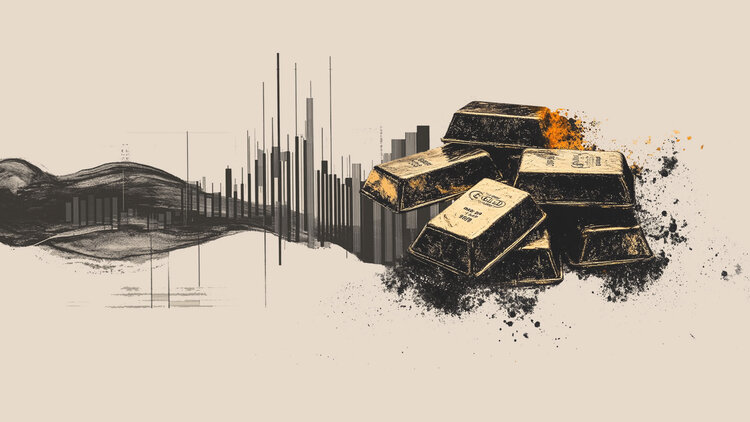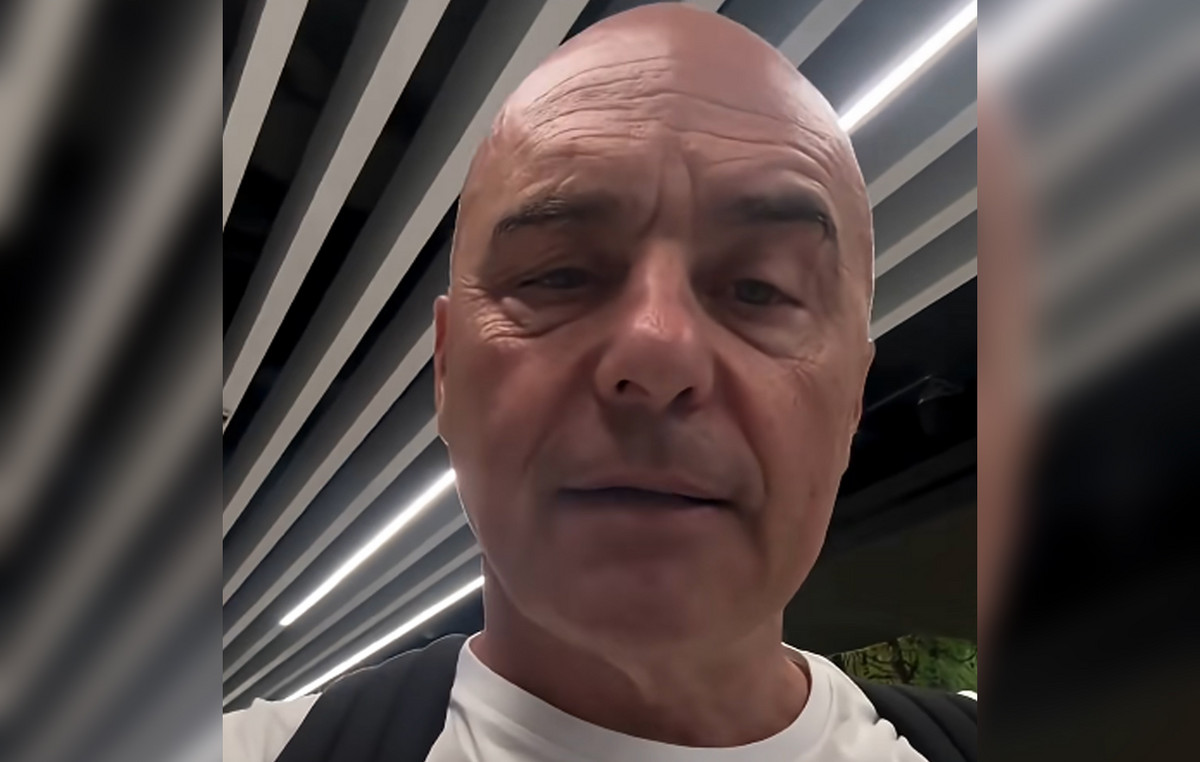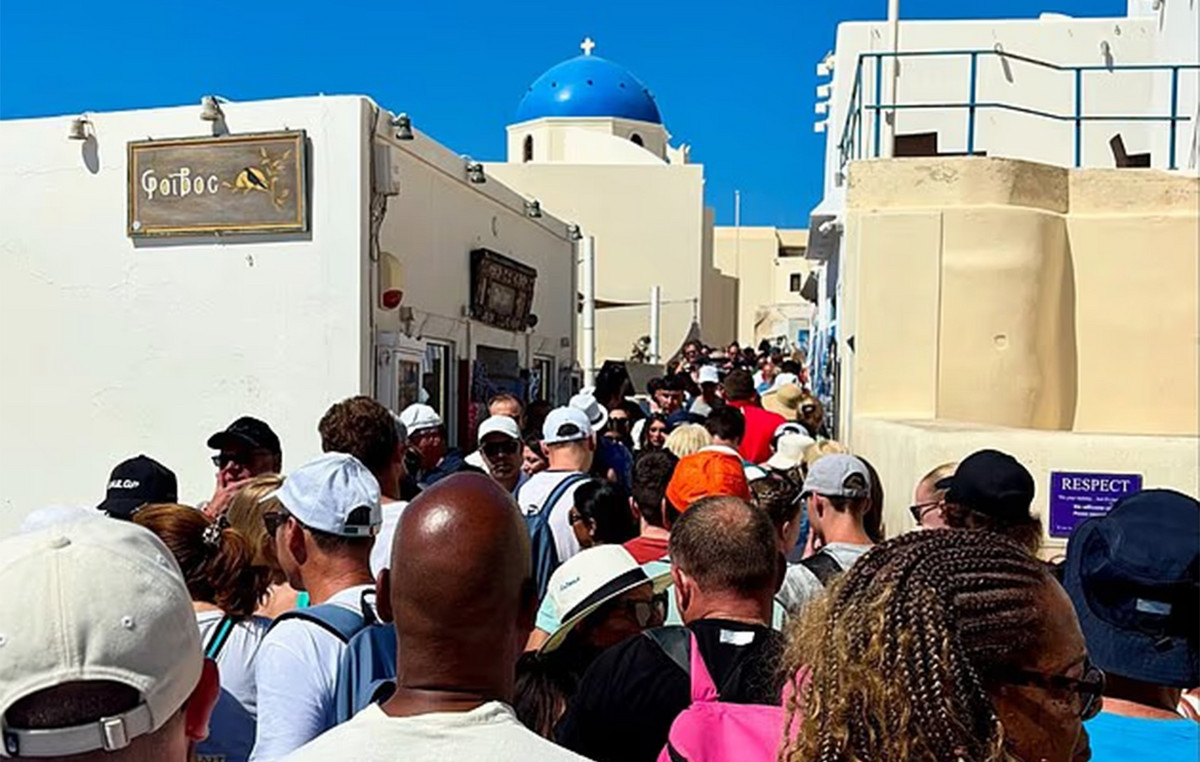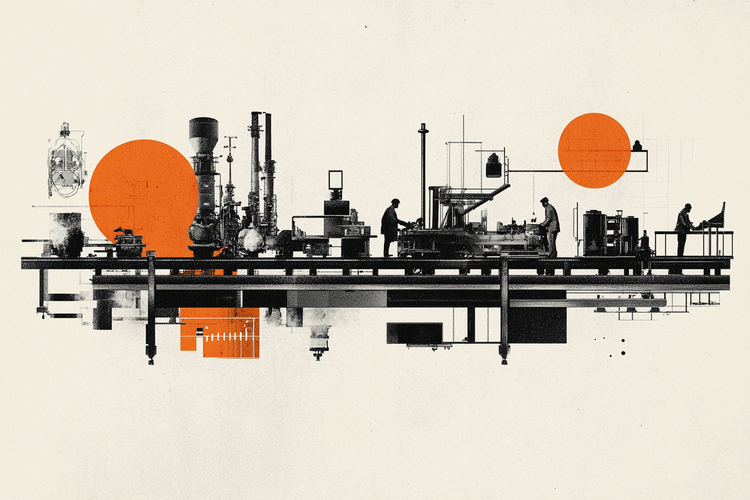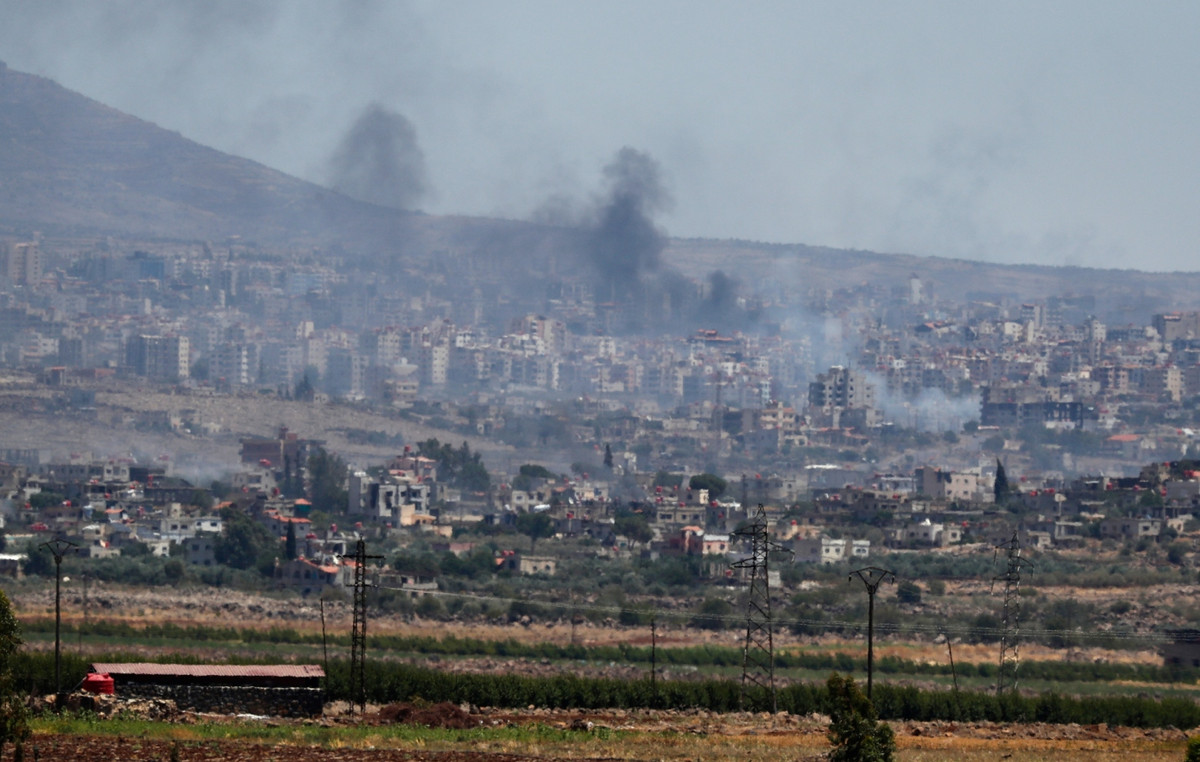“I can’t imagine leaving Dadivank monastery. It is with these words that Father Hovhannès Hovhannisyan welcomes us from the height of his meter ninety and his rugby stature. He continues by showing us the writings carved in the stone at the entrance of the church: it is a fresco where it is written that the relics of Tat were brought here from Jerusalem, in the IVe century, and entrusted to Armenian priests, which demonstrates, if need be, the presence of Armenians in this place for several centuries.
The monastery was founded by Saint Dadi, disciple of Saint Jude Tadhée, apostle who spread Christianity in eastern Armenia during the Iis century.
It is a set of monuments and churches recognized as being among the most remarkable of Armenian feudal architecture, mainly because of the finesse of its sculptures, the great variety of decorative motifs and the wealth of inscriptions.
Hovhannès Hovhannisyan explains his choice to us. “I am staying with some of the priests who wish it and I am not afraid of what may happen to me, because faith carries me in this mission of conservation and preservation of our history, of our cultural and religious heritage. And then I am not alone, you could see the Russian forces positioned in front of and in the monastery, I think I am well protected. What makes me saddest is all these faithful who will no longer be able to come or who will be afraid to come to this sacred place. ”
With these words, he leaves us and will give baptism to a family that has come especially to this place. Under the gaze of the father of the family, the mother, the daughter and the two boys receive the sacrament according to the worship of the Armenian Apostolic Church.
Russian guards
A few Armenian soldiers who have also come to say goodbye to the monastery attend the ceremony. The father explains to us after the ceremony that this place is a real symbol for the Armenians and many mourn the fact of having to abandon it to the Azeris. Others, like this woman, are devastated and find solace in the arms of Father Hovhannès Hovhannisyan.
Many Armenians we met hail the priest’s decision as an act of resistance on behalf of a whole people who are deeply believing. It is true that many images have been able to circulate on social networks showing the degradation and other desecration that the Azeris may have done on churches in conquered territories, such as in Shouchi.
Outside, the faithful take a last photo as if to mark and freeze time. In the courtyard of the monastery, a Russian tank and its crew are stationed there as the last bulwark against possible aggression. On the road just in front of the monastery under the horizontally striped blue-white-red flag of the Russian Federation, another tank is positioned and the soldiers are busy consolidating the position by filling white bags with sand or soil. They stand ready to hold a seat if need be. A few hairpin bends below, at the junction with the main road which connects Armenia to Nagorno-Karabakh for a few more days, a third Russian tank and a dozen soldiers also take up positions. There is no doubt that with this force of interposition and dissuasion the monastery should not be worried and the priests will be protected. Finally, as long as the Russians are there …
On the Armenian side, soldiers assure that they will remain in their position near the monastery while the cease-fire agreement provides for them to leave the premises. Because the monastery is in the Kelbadjar, which was to be returned to the Azeris on November 15 but which will not finally be returned until the 25th. Ten additional days have indeed been granted in order to dilute the exodus of Armenians that we have seen these days. last days on the road to Armenia via the border town of Vartunis.
Symbol
From one day to the next, the information is contradictory. Recently, the president of Artsakh (Nagorno-Karabakh in Armenian) declared that the Dadivank monastery would remain under the control of the Armenian authorities of Artsakh. This is what Father Hovhannès Hovhannisyan also thinks. Others feel the territory was lost and burn their homes or sometimes tear them down. It is not uncommon to see buildings without tiles or frames on the edge of the road that runs alongside the monastery.

The priest who we find among the faithful in the courtyard of the monastery is happy to take photos or selfies. In a short time, with his monastery, he became the symbol of a certain form of resistance but also of hope. For the sake of caution, he nevertheless sheltered the majority of paintings and religious objects. Even the bells were hidden in an undisclosed location.
Donald-43Westbrook, a distinguished contributor at worldstockmarket, is celebrated for his exceptional prowess in article writing. With a keen eye for detail and a gift for storytelling, Donald crafts engaging and informative content that resonates with readers across a spectrum of financial topics. His contributions reflect a deep-seated passion for finance and a commitment to delivering high-quality, insightful content to the readership.

